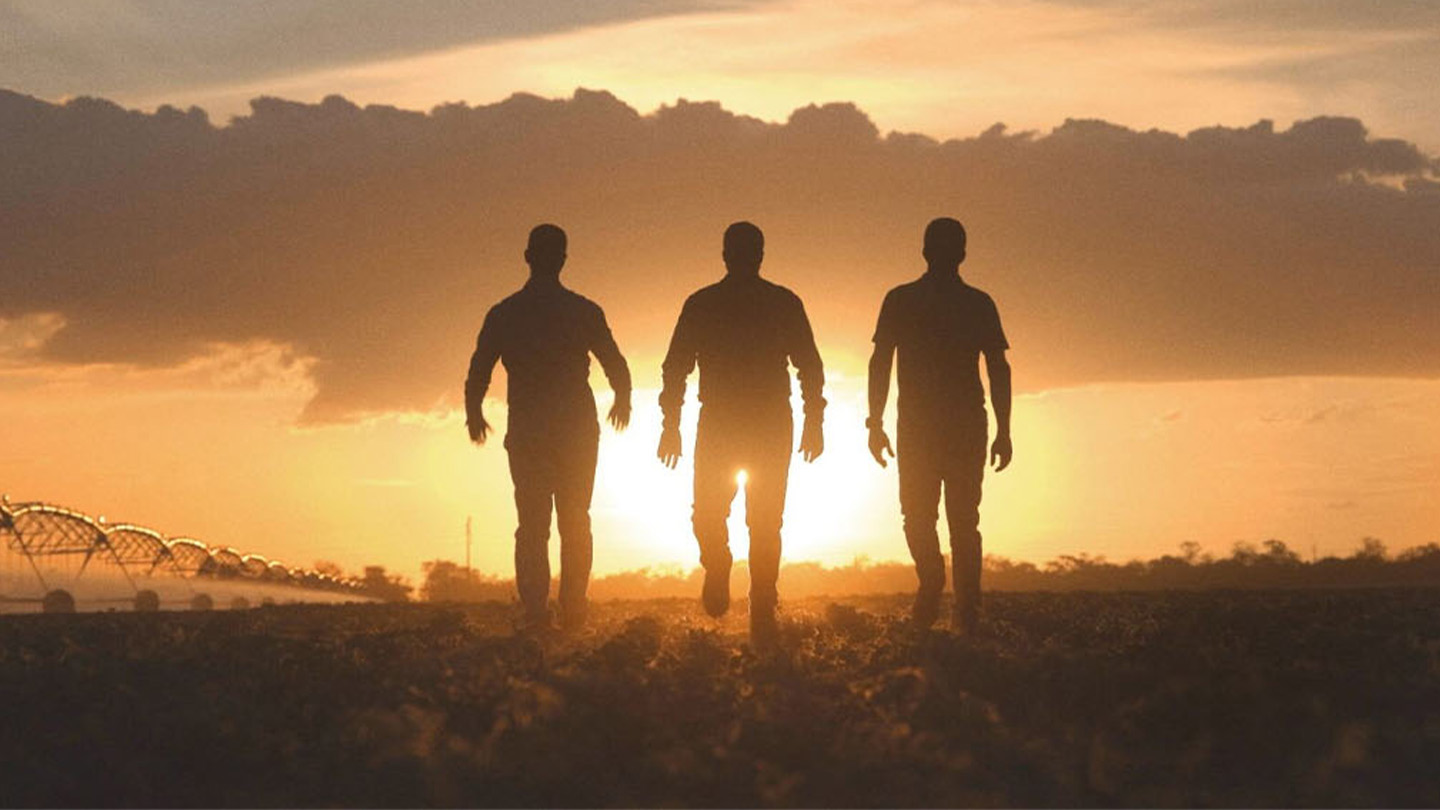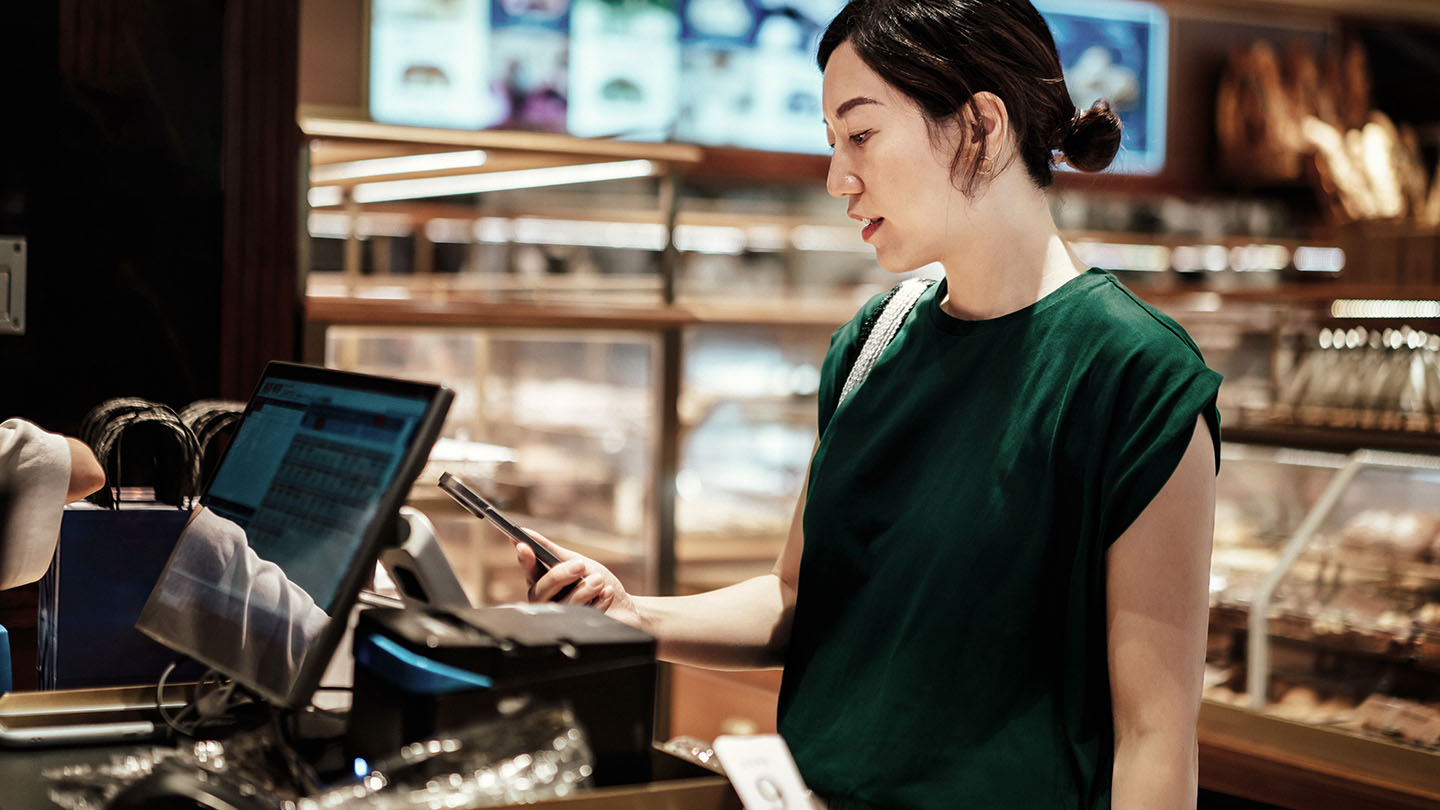Merchant Services
Client stories and expert articles on merchant services, omnichannel acceptance, and ecommerce solutions. Learn how to optimize checkout, integrate biometric and contactless payments, improve authorization rates, and manage risk. Gain insights on reporting, loyalty integration, and revenue-growth strategies.







